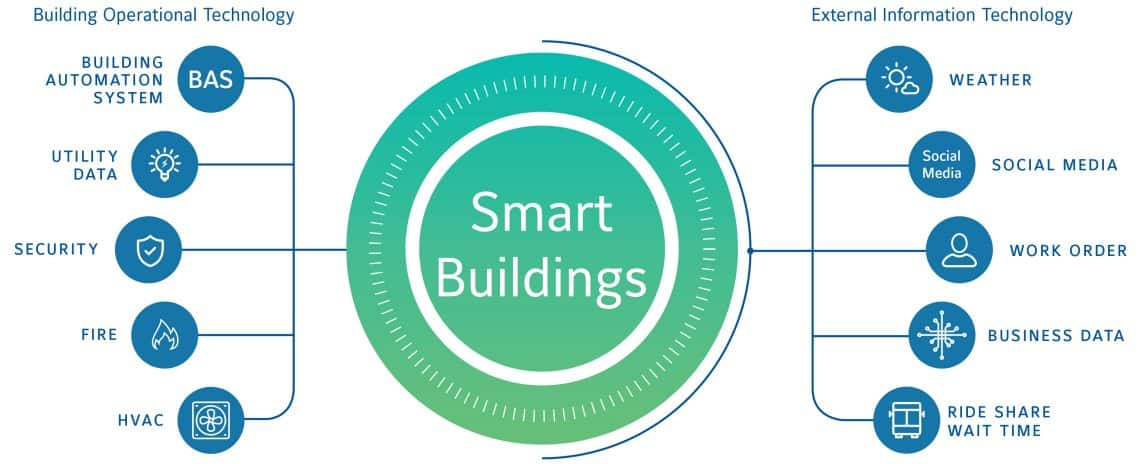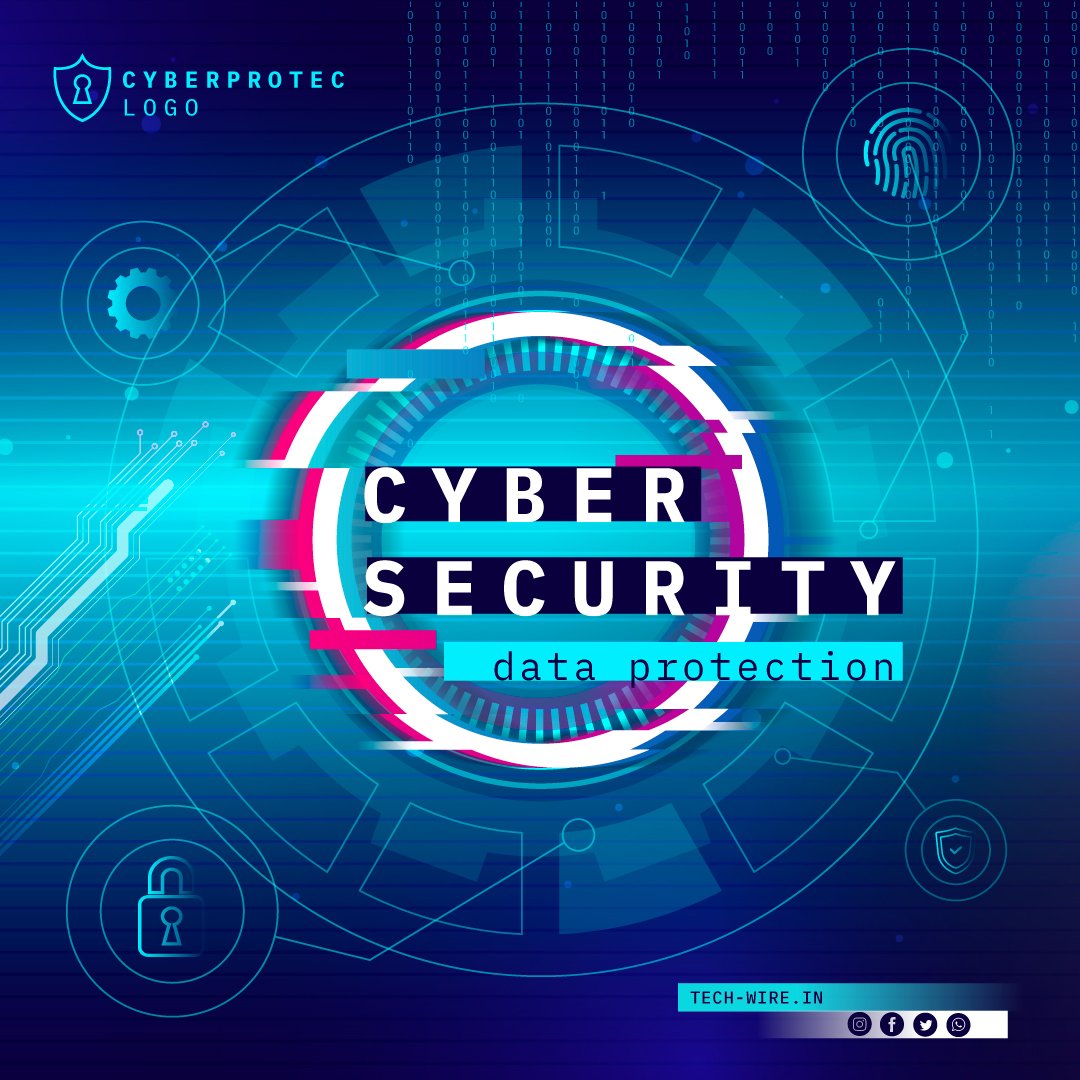In today’s increasingly interconnected world, cybersecurity has become a paramount concern for organizations of all sizes. As technology advances, so do the threats posed by cybercriminals. To stay ahead of these evolving risks, businesses must be proactive in adopting the latest cybersecurity trends and strategies. In this comprehensive guide, we will explore the top cybersecurity trends for 2023 and provide insights on how organizations can enhance their protection in the digital age.
Introduction
Cybersecurity is a critical concern for businesses in the digital age. With the rising number of cyberattacks and data breaches, organizations must stay vigilant and adapt their cybersecurity strategies accordingly. In 2023, several key trends will shape the cybersecurity landscape, enabling businesses to enhance their protection against evolving threats. By understanding and implementing these trends, organizations can improve their readiness, address vulnerabilities, and build resilient cybersecurity programs.
Trend 1: Threat Exposure Management
Threat exposure management is a pragmatic and systematic approach to continuously refine cybersecurity optimization priorities. In 2023, this trend will gain prominence as organizations strive to better understand their combined exposure to threats and address gaps in their security posture. By adopting threat exposure management practices, businesses can effectively identify and prioritize their cybersecurity efforts, focusing on areas that are most vulnerable to attacks. This approach enables organizations to proactively mitigate risks and enhance their overall security posture.
Trend 2: Identity Fabric Immunity
Identity fabric immunity is a concept that applies digital immune systems to identity systems. With balanced investments in prevention, detection, and response, organizations can minimize defects and failures in their identity systems. In 2023, this trend will play a crucial role in protecting against identity theft and unauthorized access. By implementing robust data entry verification and promptly addressing vulnerabilities, businesses can strengthen their identity fabric immunity and safeguard sensitive information.
Trend 3: Cybersecurity Validation
Cybersecurity validation involves merging techniques, processes, and cyber security tools to validate how potential attackers would exploit identified threat exposures and how protection systems and processes would react. In 2023, cybersecurity validation will be essential in assessing the effectiveness of security measures and identifying potential weaknesses. By conducting rigorous cybersecurity validations, organizations can gain valuable insights into their security posture and make informed decisions to strengthen their defenses.
Trend 4: Cybersecurity Platform Consolidation
Cybersecurity platform consolidation is a strategy that aims to decrease complexity, simplify operations, and improve efficiency by using fewer vendors and integrating security solutions. In 2023, organizations will increasingly adopt this trend to streamline their cybersecurity infrastructure. By consolidating their cybersecurity platforms, businesses can reduce complexity, enhance integration, and benefit from improved staff efficiency. This approach allows organizations to leverage more features from fewer products, ultimately strengthening their overall security posture.
Trend 5: Security Operating Model Transformation
Security operating model transformation involves distributing technology and analytical work to expand the volume, variety, and velocity of cybersecurity risk decision-making. In 2023, this trend will empower organizations to make faster and more informed security decisions. By transforming their security operating model, businesses can accelerate business outcomes and improve their agility in responding to emerging threats. This approach enables organizations to adapt their security strategies to the evolving cybersecurity landscape effectively.
Trend 6: Composable Security
Composable security is an approach that integrates cybersecurity controls into architectural patterns and applies them at a modular level in composable technology implementations. In 2023, this trend will play a crucial role in protecting businesses against evolving threats. By implementing composable security, organizations can effectively protect their processes and adapt to the changes brought about by digital transformation. This approach ensures that cybersecurity controls are seamlessly integrated into the entire business process, enhancing overall security and resilience.
Trend 7: Human-Centric Security Design
Human-centric security design prioritizes the role of employee experience and behavior in cybersecurity. In 2023, this trend will gain importance as organizations recognize the critical role of employees in protecting against cyber threats. By drawing upon behavioral sciences and user experience (UX) principles, businesses can minimize unsecure employee behavior and foster a security-conscious culture. This approach ensures that cybersecurity measures are designed with the human element in mind, ultimately strengthening the organization’s overall security posture.
Trend 8: Enhancing People Management
Enhancing people management involves adopting human-centric talent management tactics to attract and retain cybersecurity professionals. In 2023, this trend will be crucial in addressing the growing skills gap in the cybersecurity industry. By prioritizing people management, organizations can build a skilled and motivated cybersecurity workforce. This approach enables businesses to enhance their technical and functional maturity, ultimately strengthening their ability to detect, respond to, and mitigate cyber threats.
Trend 9: Increasing Board Oversight
Increasing board oversight mandates that board members attend to cybersecurity as part of their governance and oversight activities. In 2023, this trend will require organizations to prioritize cybersecurity at the highest level of decision-making. By increasing board oversight, businesses can ensure that cybersecurity is integrated into their strategic planning and risk management processes. This approach brings cybersecurity to the forefront of organizational priorities and ensures that resources are allocated appropriately to protect against cyber threats.
Here are a few practical examples of organizations successfully implementing cybersecurity trends:
1. Zero Trust Architecture

Example: Google’s Implementation
Google adopted a Zero Trust Architecture to secure its vast network and services. They assume that no user or device can be trusted by default, and access is granted based on strict authentication and authorization.
Recommendations for Implementation:
- Identity Verification: Implement multi-factor authentication (MFA) for all users, devices, and services.
- Micro-Segmentation: Segment the network into smaller, isolated segments to limit lateral movement of threats.
- Least Privilege: Grant minimal access permissions based on job roles and responsibilities.
- Continuous Monitoring: Use behavior analytics to detect anomalous activity and potential threats.
Challenges and Solutions:
Challenge: Implementing Zero Trust might disrupt existing workflows. Solution: Gradually transition by starting with critical systems and gradually expanding the model.
Resources:
- Forrester’s “Zero Trust: A Playbook for Secure Digital Business”
- NIST Special Publication 800-207: “Zero Trust Architecture”
2: AI-Driven Threat Detection

Example: Darktrace’s AI-Based Security
Darktrace employs AI to monitor network behavior and detect abnormal activities. In one instance, their AI detected an emerging ransomware attack targeting a manufacturing company.
Recommendations for Implementation:
- Data Collection: Gather data from various sources, including network traffic, endpoints, and logs.
- Machine Learning Models: Train AI models to recognize patterns of normal behavior and identify anomalies.
- Real-time Alerts: Configure alerts for suspicious activities that require immediate attention.
- Human Oversight: Have cybersecurity experts validate AI alerts to minimize false positives.
Challenges and Solutions:
Challenge: Training AI models requires quality and diverse data. Solution: Use simulated data if real-world data is limited, and continuously refine the models.
Resources:
- “AI in Cybersecurity: Applications, Challenges, and Future Trends” – Research paper
- Gartner’s “Market Guide for Network Detection and Response”
3: IoT Security Implementation

Example: Johnson Controls’ Secure IoT
Johnson Controls secures its building management systems by implementing IoT security practices, ensuring connected devices are protected against unauthorized access.
Recommendations for Implementation:
- Device Authentication: Ensure IoT devices use strong authentication mechanisms.
- Network Segmentation: Isolate IoT devices on separate network segments to limit their potential impact.
- Firmware Updates: Regularly update device firmware to patch vulnerabilities.
- Monitoring: Implement continuous monitoring to detect unusual device behavior.
Challenges and Solutions:
Challenge: Legacy IoT devices might lack security features. Solution: Use network security controls and gateways to add security layers to older devices.
Resources:
- OWASP IoT Project: Security Best Practices
- “Securing the Internet of Things” – Industry report by Deloitte
4: Cloud Security Adoption
Example: Netflix’s Cloud Security
Netflix embraces cloud services while maintaining robust security through a DevSecOps approach, integrating security into every stage of development and deployment.
Recommendations for Implementation:
- Automated Security Testing: Integrate security testing into the CI/CD pipeline.
- Encryption: Encrypt data both in transit and at rest using strong encryption standards.
- Least Privilege: Limit access permissions to only what’s necessary for each user or service.
- Monitoring and Logging: Monitor cloud environments for unauthorized activities and maintain comprehensive logs.
Challenges and Solutions:
Challenge: Rapid cloud adoption can outpace security implementation. Solution: Establish clear security policies and automate their enforcement.
Resources:
- “Cloud Security Best Practices” – AWS Whitepaper
- CSA’s “Top Threats to Cloud Computing”
5: Blockchain for Data Integrity

Example: Everledger’s Asset Provenance
Everledger uses blockchain to create an immutable record of asset provenance, helping to combat fraud and counterfeiting in industries like diamonds and art.
Recommendations for Implementation:
- Data Onboarding: Record critical data points on the blockchain to establish provenance.
- Smart Contracts: Use smart contracts to automate processes and enforce agreements.
- Public vs. Private Blockchain: Choose the appropriate type of blockchain based on data sharing requirements.
- Interoperability: Ensure compatibility with existing systems through standard protocols.
Challenges and Solutions:
Challenge: Integrating with existing systems can be complex. Solution: Use APIs and middleware to bridge the gap between blockchain and legacy systems.
Resources:
- “Blockchain Basics: A Non-Technical Introduction in 25 Steps” – Book by Daniel Drescher
- World Economic Forum’s “Building Value with Blockchain Technology”
6: Biometric Authentication

Example: Apple’s Face ID and Touch ID
Apple’s Face ID and Touch ID provide convenient and secure biometric authentication for their devices and services.
Recommendations for Implementation:
- Biometric Data Protection: Store biometric data securely using encryption and secure hardware.
- User Consent: Ensure users understand how their biometric data will be used and obtain consent.
- Fallback Mechanisms: Implement alternate authentication methods for cases when biometrics fail.
- Continuous Improvement: Update biometric models to adapt to new threats and improve accuracy.
Challenges and Solutions:
Challenge: Biometric data can be stolen or manipulated. Solution: Use liveness detection and anti-spoofing measures to prevent fraudulent use.
Resources:
- NIST Special Publication 800-63B: “Digital Identity Guidelines”
- “Biometric Authentication: A Machine Learning Approach” – Research paper
Conclusion
In conclusion, the cybersecurity landscape in 2023 will be shaped by several key trends. Threat exposure management, identity fabric immunity, cybersecurity validation, and cybersecurity platform consolidation will help organizations refine their cybersecurity strategies and enhance their protection. Security operating model transformation, composable security, human-centric security design, and enhancing people management will empower businesses to address evolving threats and build resilient cybersecurity programs. Increasing board oversight will ensure that cybersecurity is a top priority at the highest level of decision-making. By staying ahead of these trends and adopting proactive security measures, organizations can navigate the digital age with confidence and protect against emerging cyber threats.
Remember, cybersecurity is an ongoing process that requires continuous monitoring, adaptation, and improvement. By staying informed and proactive, businesses can effectively safeguard their digital assets and maintain the trust of their customers and stakeholders in the face of growing cybersecurity challenges.
Learn more about the top priorities for security and risk leaders in 2023 in the complimentary Gartner ebook: 2023 Leadership Vision for Security & Risk Management Leaders.
Additional Information: Don’t forget to regularly update your cybersecurity measures, conduct thorough risk assessments, and educate employees on best practices to ensure a comprehensive and robust security posture.




